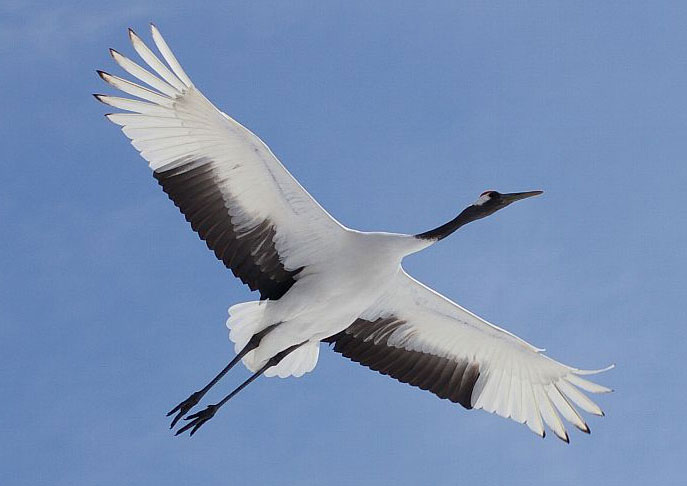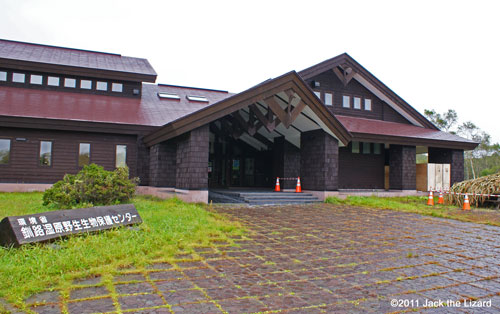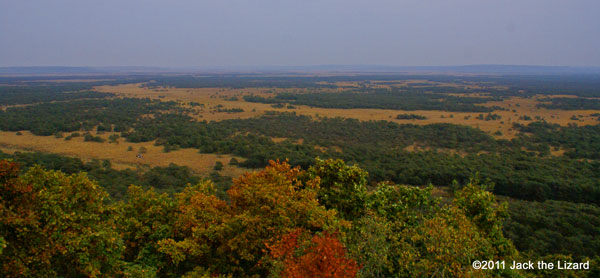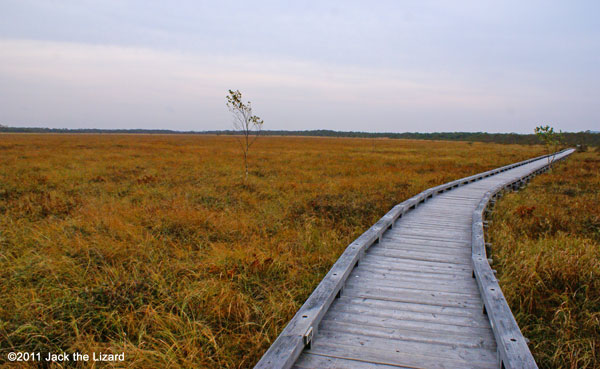
|
|
|
|
|
Wetland for human and Animals Jack the Lizard
Jack the Lizard
|
|
Wetlands give us plenty of benefit; first thick layer of mud has the filter function to clean dirty water, second wetlands reserve large amount of water and prevent flood. They also moderate the climate of the region nearby. The minerals in wetlands go into the sea and form rich fishery grounds as well. Finally since they are composed of complex natural environments, they are home for many rare species of animals. Almost 80% of wetlands in Japan are in Hokkaido and the Kushiro wetland is the largest. If it included surrounding woodland, the size would be same as Kanagawa prefecture. About 27 species of mammals such as brown bears, Hokkaido shika deer, foxes and stouts are living in the Kushiro wetland. For birds about 164 species such as white-tailed eagles, little grebes and red-crowned cranes also inhabit it. Despite it gets quite cold during the winter, 9 species of reptiles and amphibians are found in it, such as Siberian salamanders, Ezo salamanders and Ezo brown frogs besides Japanese rat snakes and Japanese striped snakes. Fish living in the Kushiro wetland are 34 species includes critically endangered species such as stringfish and rare species such as Sakhalin stickleback which only living in Hokkaido and Sakhalin. More than 1000 species of insects are also dwellers of the Kushiro wetland include indigenous dragonflies such as Subarctic darner and Leucorrhinia intermedia ijimai. |
|
Before gone forever
To maintain its precious natural environment the Kushiro wetland needs human intervention. The lifelines of the wetland are rivers and water springs. It is also important that meandering rivers spread water into their drainage system. However more than 20% of the wetland, compare to 1947 level, was lost so far. The worst problem it faces now is dehydration. Losing water means that it will eventually dry out. Since some rivers run through the wetland are straighten for the agricultural purpose or housing, those rivers cannot supply sufficient water into their drainage system. Moreover straighten rivers run very fast and break banks down into sands. Then sands are carried and piled up on the wetland. It is also said that some natural woodlands turned into artificial one, about 30% of all, in surrounding area of the wetland. For logging many of Japanese Larchs are planted in those artificial woodlands which cannot hold enough water to prevent sands from discharging into the wetland. Takenaka Yasunori Ranger for nature conservation in Kushiro-shitugen wildlife Center explains the degradation of the Kushiro wetland. “The wetland is just like a huge sponge absorbed quite large amount of water in it. As the straighten rivers bring pebbles and gravels into cavities of that sponge, there are not many space left water to get into. Another problem is the diminution of woodland surrounding the wetland. It works as a filter to supply clean water to the wetland. The best way to recover natural environment is to let nature heal itself with the least human intervention. Takenaka and volunteers cut underbrush and bamboos to maintain the ground condition in which broad-leaf trees can grow easily. Not only the wetland is changing itself but also animals are making some impact on the environment. One characteristic case is increasing Hokkaido shika deer. The rare species of plants are eaten by them inside the wetland. They also eat trees growing at the edge of the wetland. “If they continue eating, the effort people have been made will be in vain, but shooting deer should be the last option we chose. Now we investigate deer’s the routes to enter the wetland. We also look over the relation between deer and the bird of prey such as Steller’s sea eagle and white-tailed eagle. It is important to consider the change that deer is causing extends over several species.” said Takenaka. |
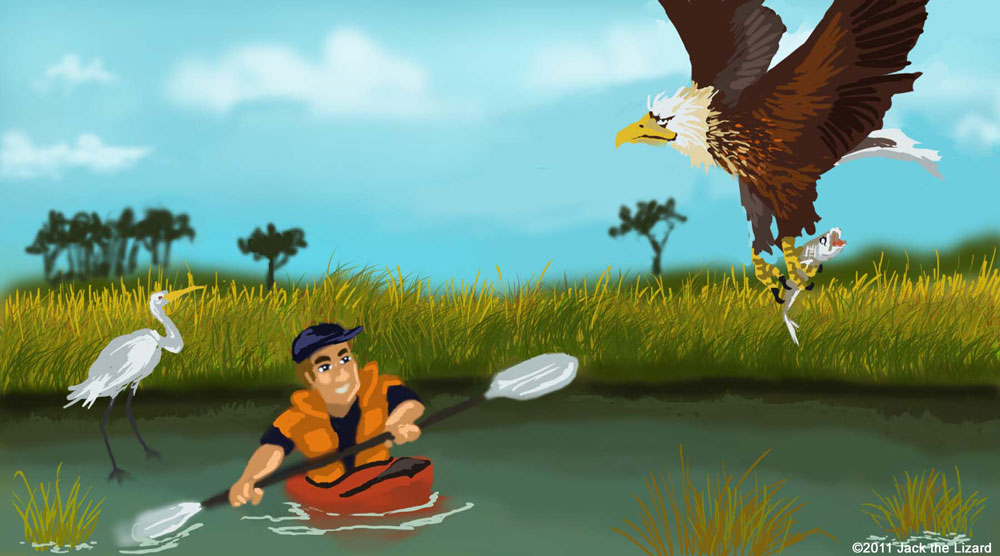
Takenaka looks into animals inhabit in the wetland, introduced species such as red-crowned crayfish are sometimes found. In muddy wetland reed grows higher than 40in (1m) where he could lose his way soon if he entered without caution. |
